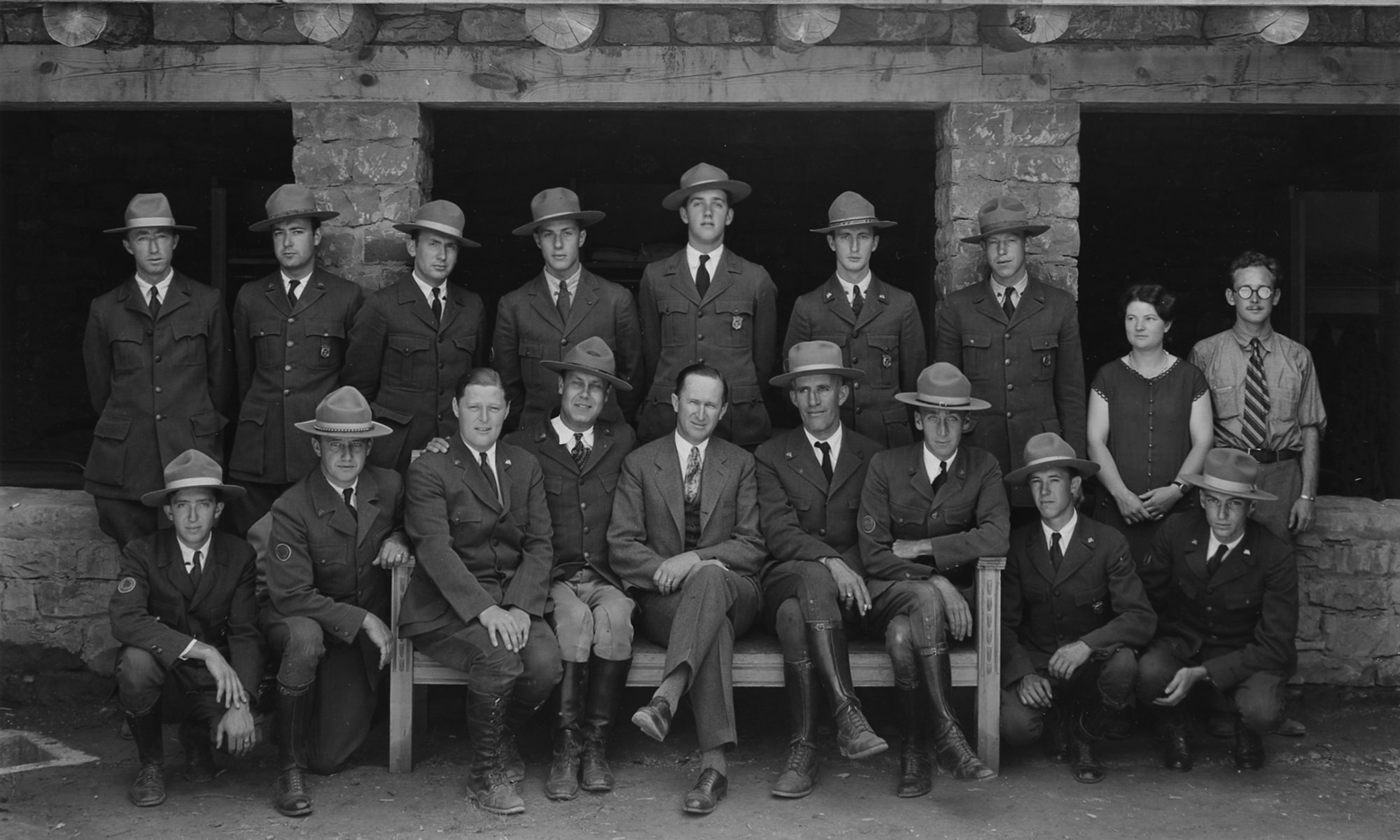I am often asked to assist fellow public history educators in their bid for tenure. I am pleased to do so, because there are many dedicated and innovative practitioners whose hard work is worthy of recognition. I am also pleased to do so because each letter I write provides me with an opportunity to challenge History Department faculty to acknowledge and critically examine lingering, old-fashioned ideas about what “counts” as scholarship. While many Departments have revised their tenure and promotion documents, opening up the possibility that a variety of projects and products can be acknowledged as scholarly, they can’t seem to break entirely from the thrall of the book.
Is an exhibit the same as a book?
I’m stubborn. As a general rule, I do not help committee chairs to make equivalency arguments. I won’t say that a digital public history project is the same as an article or a blog post on History@Work is just like a book review. Equivalencies like these are simply false. The processes that lead to the development and implementation of a public history project are simply not the same as the processes that lead to the publication of a book.
I know. I’ve done both.
Here’s an imperfect analogy.
Let’s say you are a Professor of Architecture. You train students to conceptualize spaces. You produce elaborate blue prints and plans. Your success is measured by your artistry and innovation in design. But, sadly, enrollments in your Architecture program are down. Students feel unprepared for the job market, so you make the decision to hire someone with experience in construction. You find the perfect candidate –someone with a degree in architecture who has spent most of her career as a carpenter and a builder.
Over the next six years, your new faculty member takes students out of the classroom. She teaches them how to think about the ways in which designs take shape in the real world. She asks them to consider how the context of a family or a community might be made central when conceptualizing a home or a school or a community center. Her students build stuff. They design and construct spaces that are responsive, easy for clients to use, and grounded in their clients’ values and interests.
When it is time for her tenure and promotion review, your enthusiastic faculty member takes you on a tour of the structures she and her students have built. But you are confused. Where are her blueprints? Isn’t this just service and teaching? What has she produced that “counts?”
Public Historians are builders. They build relationships. They are responsive. They identify the questions and contexts that are most immediate and meaningful to their audiences. Their work cannot easily be separated into the three legs of the scholarly stool because their teaching, research, and service are profoundly integrated. That is the nature of public history.
So, in the end, an exhibit is not the equivalent of a book. It may be the equivalent of a well-designed and constructed community center.
